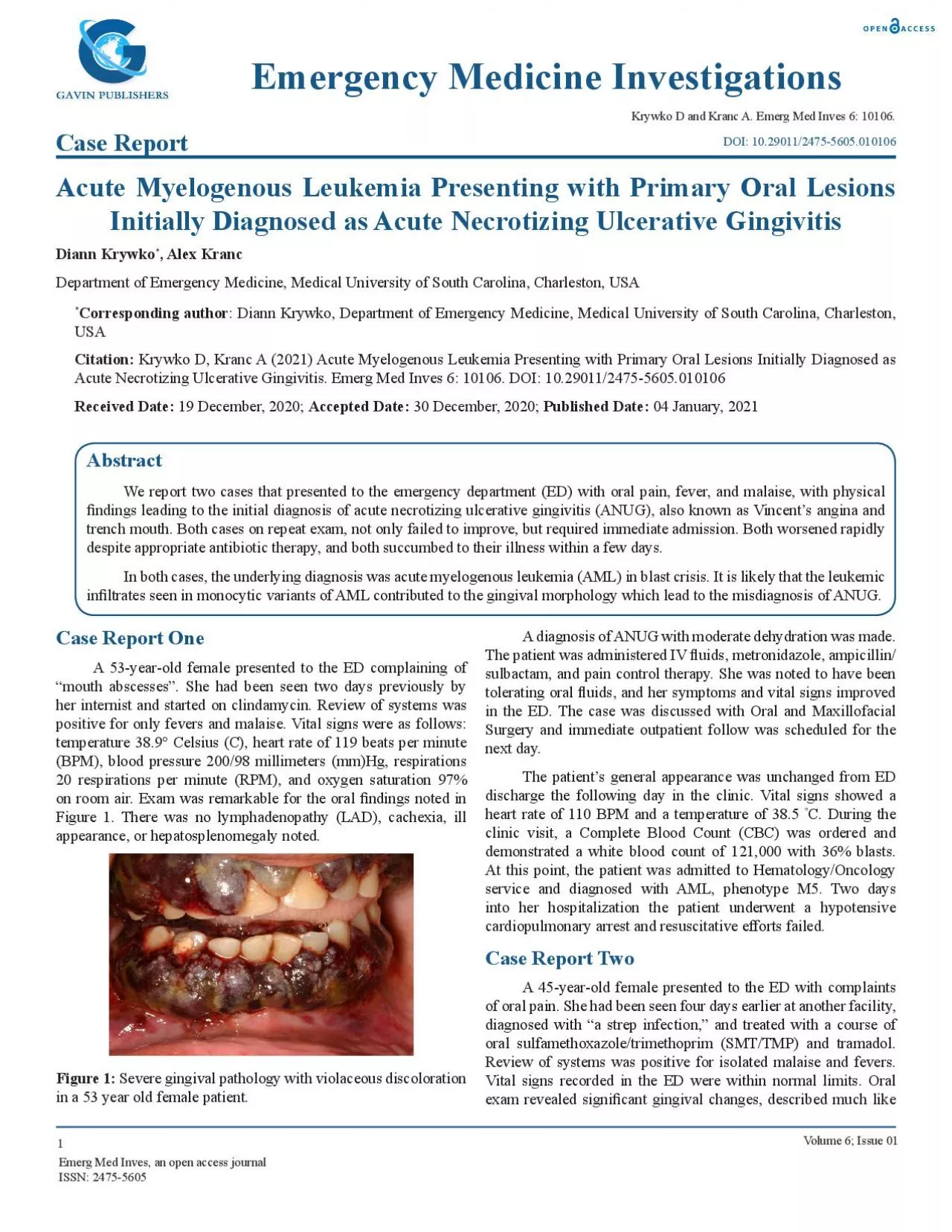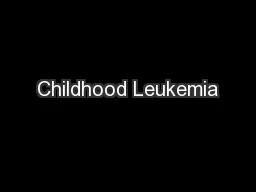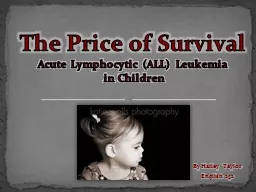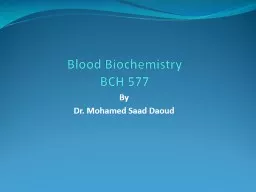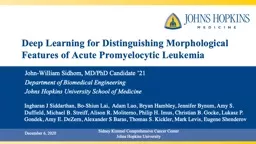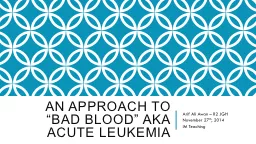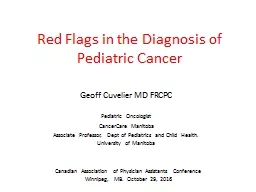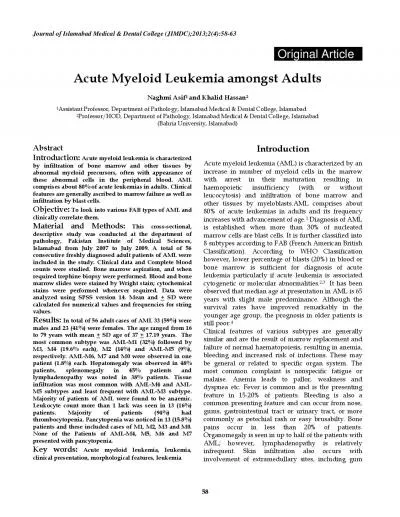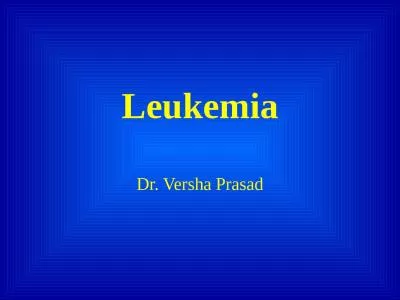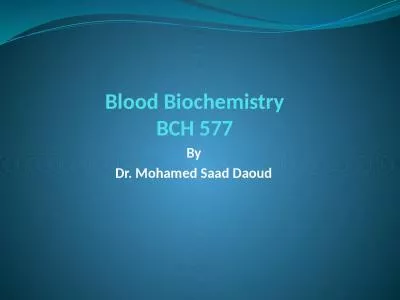PDF-Citation Krywko D Kranc A 2021 Acute Myelogenous Leukemia Presenti
Author : wang | Published Date : 2022-09-23
3 and maintain proliferate appropriately Each of the involved cell lines may be affected to varying degrees Patients with AML will present with disorders of infection
Presentation Embed Code
Download Presentation
Download Presentation The PPT/PDF document "Citation Krywko D Kranc A 2021 Acute Mye..." is the property of its rightful owner. Permission is granted to download and print the materials on this website for personal, non-commercial use only, and to display it on your personal computer provided you do not modify the materials and that you retain all copyright notices contained in the materials. By downloading content from our website, you accept the terms of this agreement.
Citation Krywko D Kranc A 2021 Acute Myelogenous Leukemia Presenti: Transcript
Download Rules Of Document
"Citation Krywko D Kranc A 2021 Acute Myelogenous Leukemia Presenti"The content belongs to its owner. You may download and print it for personal use, without modification, and keep all copyright notices. By downloading, you agree to these terms.
Related Documents

